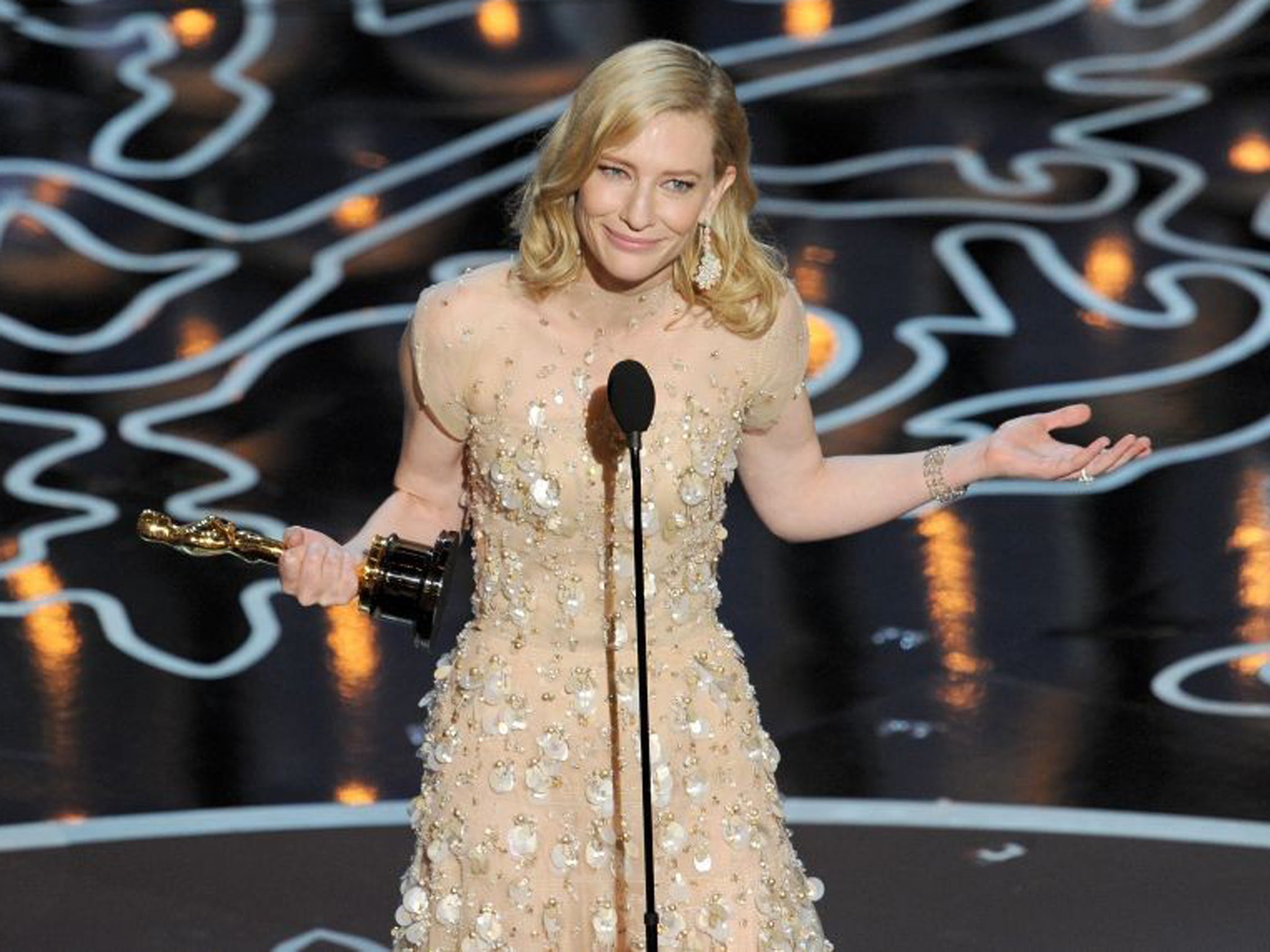It's a man's world: Women still vastly underrepresented in top films, study finds
New report shows 15 per cent of Hollywood's 2013 protagonists were women

Your support helps us to tell the story
From reproductive rights to climate change to Big Tech, The Independent is on the ground when the story is developing. Whether it's investigating the financials of Elon Musk's pro-Trump PAC or producing our latest documentary, 'The A Word', which shines a light on the American women fighting for reproductive rights, we know how important it is to parse out the facts from the messaging.
At such a critical moment in US history, we need reporters on the ground. Your donation allows us to keep sending journalists to speak to both sides of the story.
The Independent is trusted by Americans across the entire political spectrum. And unlike many other quality news outlets, we choose not to lock Americans out of our reporting and analysis with paywalls. We believe quality journalism should be available to everyone, paid for by those who can afford it.
Your support makes all the difference.Women are still "dramatically underrepresented" in Hollywood films, a new report has revealed.
Just 15 per cent of protagonists in the US’s top 100 grossing films of 2013 were women, despite a wide range of acclaimed actresses, the ‘It’s a Man’s (Celluloid) World’ survey shows.
Of all the speaking roles in the list, only 30 per cent went to women, while just 29 per cent of main characters were female.
Equal numbers of female and male characters were seen in 13 per cent of the top 100 films, but most women who were cast were younger than their male co-stars.
"Overall, we have seen little movement in the numbers of female protagonists and females as speaking characters over the last decade," said Dr Martha Lauzen, executive director of the Center for the Study of Women in Television and Film at San Diego State University, who are behind the report.
"Moreover, female characters are less likely than males to have identifiable goals or to be portrayed as leaders of any kind."
The survey also considers the importance of female characters in storylines, including whether or not they have clear goals. For example, 61 per cent of men were seen working on-screen, compared with 40 per cent of women.
The representation of ethnic minorities was also addressed, with nearly three quarters of all female characters in the 2013 list revealed as Caucasian.
Shockingly, viewers were as likely to see an 'other-worldly' female as they were an Asian female, with just 3 per cent of all female characters described as fitting one of those descriptions.
Both Cate Blanchett and Sandra Bullock have been widely-praised for their dominant female roles in Blue Jasmine and Gravity respectively, making the new report even more relevant.

Watch Apple TV+ free for 7 days
New subscribers only. £8.99/mo. after free trial. Plan auto-renews until cancelled

Watch Apple TV+ free for 7 days
New subscribers only. £8.99/mo. after free trial. Plan auto-renews until cancelled

"Those of us in the industry who are still foolishly clinging to the idea that female films - with women at the centre - are niche experiences, they are not," Blanchett said when accepting her Oscar for Best Actress. "Audiences want to see them and in fact, they earn money. The world is round people.
Blanchett also called out red carpet sexism at the Screen Actors Guild awards in January, crouching down to a cameraman's at her dress hem's level, pointing at him and asking "Do you do that to the guys?"
Last November, Swedish cinemas announced their plans to highlight movie misogyny and apply a Bechdel test rating to films.
Alison Bechdel's test, first developed in 1985, asks whether a piece of fiction features two women talking to each other about something other than a man.
Pulp Fiction, The Social Network, The Lord of the Rings trilogy, all the Star Wars movies and all but one of the Harry Potter movies fail the test.
Join our commenting forum
Join thought-provoking conversations, follow other Independent readers and see their replies
Comments